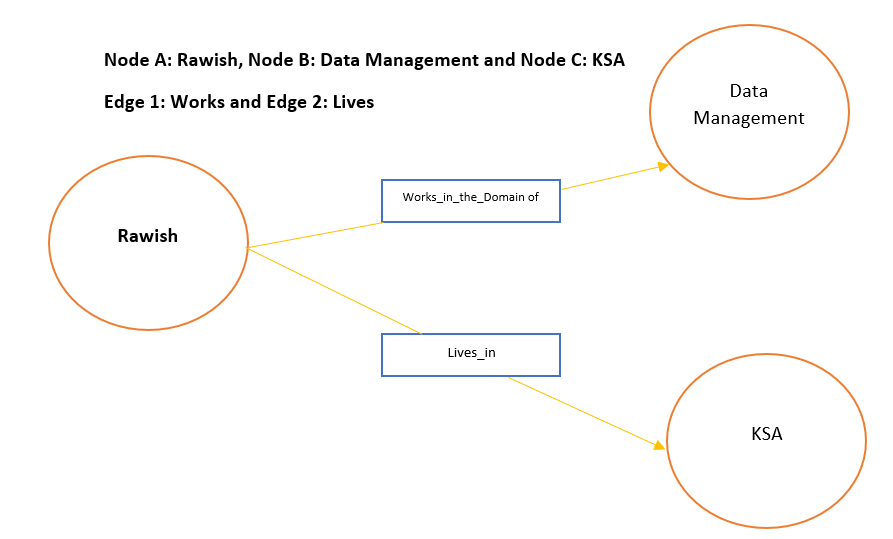Understanding NoSQL Graph Databases and Their Role in Big Data
Between the four main NoSQL Databases, the NoSQL Graph Database is capable of integrating heterogeneous data from many sources and making links between large datasets. It focuses on the relationships between entities and is able to infer new knowledge out of existing information. This is designed for Data Management to handle very large datasets of distinct types of Data, such as Structured, Semi-Structured, or Unstructured Data. It helps organizations to access, integrate, and analyze Data from various sources, thus helping them with their Big Data and Social Media Analytics. NoSQL Graph Database can also be used to deliver content in high-performance situations, while creating threads that are easy to understand for the average user, e.g., Twitter.
Real-Time Analytics from IoT, Social Media, and Mobile Data
Today, Mobile, Social Media, and Internet of Things (IoT) Data are everywhere, with unstructured real-time data piling up by the minute. Apart from handling a massive amount of data of all kinds, the NoSQL Graph Database does not need its schema redefined before adding new data. NoSQL Graph Databases are able to store, retrieve, integrate, and analyze high-velocity Data coming from many locations.
Flexibility and Scalability in Modern Data Infrastructure
NoSQL Graph Database is much more Flexible, Dynamic, and Lower-Cost in integrating new data sources. The NoSQL Graph Database reveals the complex and hidden relationships between separate data sets, allows you to analyze them, to further improve your business processes, and make Smarter Business Decisions, faster.
Key Components: Entities, Nodes, and Relationships
NoSQL Graph Databases are primarily composed of Entities and Nodes.
What Are Nodes in Graph Databases?
- Nodes are the actual piece of Data itself. Nodes can have properties that have further information. It can be the number of viewers of a YouTube video, the number of people who have read a tweet, or it could even be basic information such as people’s names, addresses, and so forth. Nodes are connected to other nodes with edges. Each connection between two nodes can be labeled with properties.
What Are Edges in Graph Databases?
- Edge explains the actual relationship between two nodes. Interestingly enough, edges can also have their own pieces of information, such as the nature of the relation between two nodes. Similarly, edges might also have directions describing the flow of said data.


